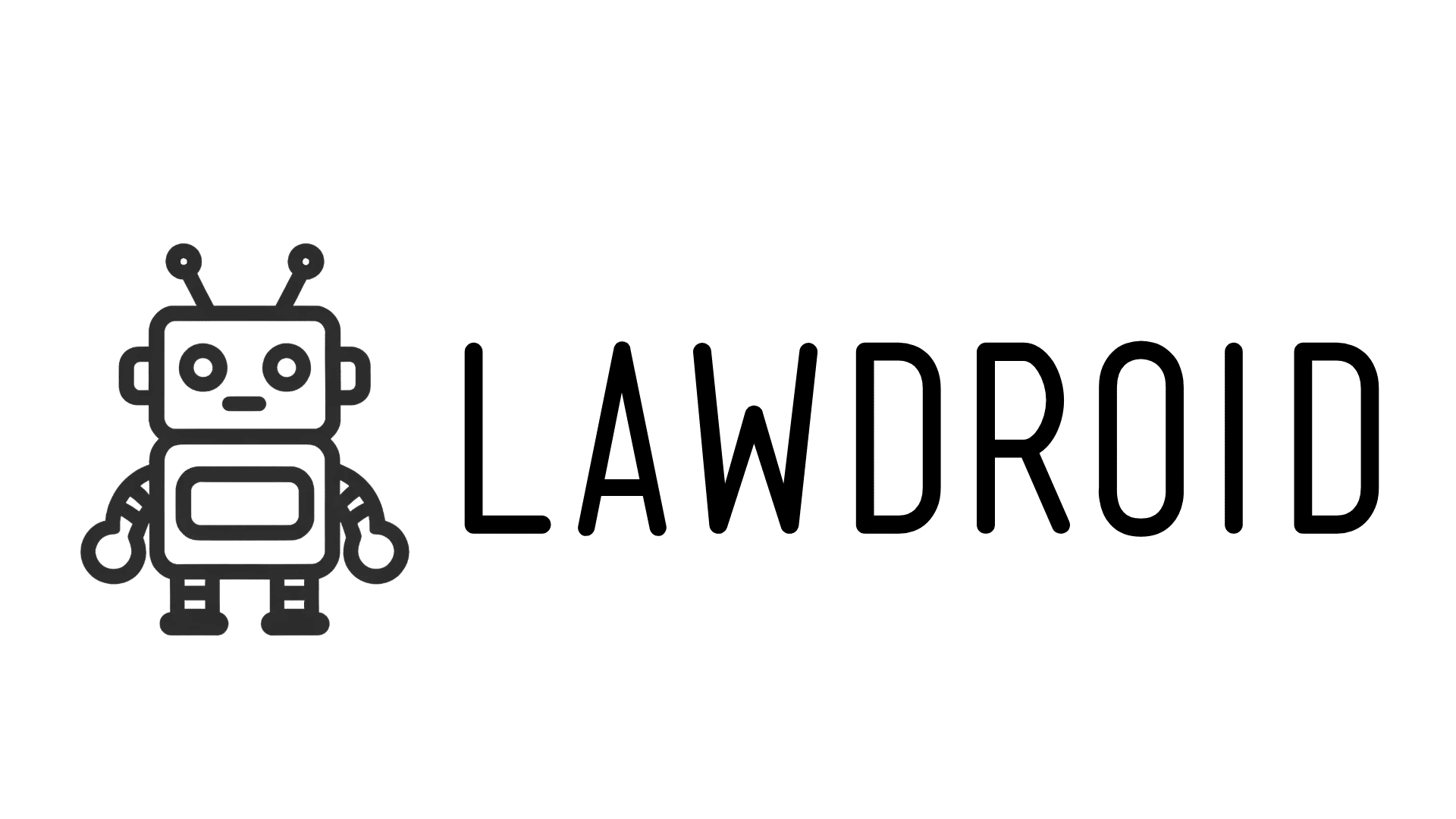
LawDroid Legal Chatbots: Complete Buyer's Guide
Accessible entry point for legal professionals seeking AI automation
LawDroid Legal Chatbots positions itself as the accessible entry point for legal professionals seeking AI automation without enterprise complexity or costs. Founded in 2016 by California lawyer Tom Martin—a Yale philosophy graduate and UCLA School of Law alumnus recognized as an ABA Legal Rebel and Fastcase 50 Honoree—the company has carved out a distinctive niche in the legal AI market through its dual-product strategy and affordability-first approach[39][40][43].
Market Position & Maturity
Market Standing
LawDroid occupies a distinctive niche in the legal AI market as the accessibility-focused alternative to enterprise-grade platforms, competing primarily on price and ease of implementation rather than advanced functionality[40][48][77][83].
Company Maturity
Founded in 2016, the company demonstrates eight years of operational stability under the leadership of founder Tom Martin, whose recognition as an ABA Legal Rebel and Fastcase 50 Honoree provides industry credibility[39][40][43].
Growth Trajectory
Expansion from individual productivity tools to firm-wide automation capabilities through the dual-product strategy, suggesting strategic evolution and market responsiveness[52][77].
Industry Recognition
Industry recognition includes founder Tom Martin's status as an ABA Legal Rebel and Fastcase 50 Honoree, providing third-party validation of innovation and industry impact[39][40][43].
Longevity Assessment
Proven operational stability over eight years, established customer base across diverse market segments, and strategic positioning in the growing legal AI market[40][48][83].
Proof of Capabilities
Customer Evidence
Educational Institution Validation provides compelling evidence of LawDroid's effectiveness, with Texas A&M Law providing free access to students and faculty for legal research and document analysis applications[79][91].
Quantified Outcomes
Customer Success Documentation includes specific outcomes from practicing attorneys, with Patrick Palace, a workers' compensation lawyer, reporting he avoided hiring additional staff after implementing LawDroid Copilot[40][58][65][91].
Market Validation
Market Validation Metrics include serving over 600 users across diverse legal environments, demonstrating sustained adoption and customer retention[65][91].
Competitive Wins
Competitive Performance Evidence comes through independent analysis positioning LawDroid as offering "excellent document automation capabilities perfect for solo attorneys" at pricing equivalent to "less than a single hour of paralegal work in most markets"[48][82].
Reference Customers
Enterprise Customer Adoption spans established law firms including Baker Hostetler and Fasken, indicating the platform's capability to serve sophisticated legal environments beyond solo practitioners[65][91].
AI Technology
LawDroid's technical foundation centers on GPT-3.5 technology specifically trained for legal applications, distinguishing it from general-purpose AI platforms through legal-specific functionality and practice management integrations[77][83].
Architecture
The platform operates through a dual-architecture approach: LawDroid Copilot functions as an individual AI legal assistant, while LawDroid Builder serves as a no-code platform for creating custom chatbots and automation workflows[52][77].
Competitive Advantages
Competitive Advantages include legal-specific AI training that distinguishes it from general AI platforms, exceptional affordability with entry pricing at $25/month, and a dual-product strategy addressing both individual productivity and firm-wide automation needs[40][47][77][83].
Market Positioning
Market Positioning Strategy focuses on the accessible legal AI segment rather than premium enterprise solutions, targeting organizations that prioritize cost-effectiveness over sophisticated functionality[40][48][77][83].
Win/Loss Scenarios
Win/Loss Scenarios favor LawDroid for solo practitioners and small firms seeking affordable automation alternatives to additional staffing, educational institutions implementing AI for training purposes, and practices comfortable with basic functionality and technical requirements[40][48][65][79][82][91].
Key Features

Pros & Cons
Use Cases
Integrations
Pricing
Featured In Articles
Comprehensive analysis of AI Family Law Intake Bots for Legal/Law Firm AI Tools for Legal/Law Firm AI Tools professionals. Expert evaluation of features, pricing, and implementation.
How We Researched This Guide
About This Guide: This comprehensive analysis is based on extensive competitive intelligence and real-world implementation data from leading AI vendors. StayModern updates this guide quarterly to reflect market developments and vendor performance changes.
134+ verified sources per analysis including official documentation, customer reviews, analyst reports, and industry publications.
- • Vendor documentation & whitepapers
- • Customer testimonials & case studies
- • Third-party analyst assessments
- • Industry benchmarking reports
Standardized assessment framework across 8 key dimensions for objective comparison.
- • Technology capabilities & architecture
- • Market position & customer evidence
- • Implementation experience & support
- • Pricing value & competitive position
Research is refreshed every 90 days to capture market changes and new vendor capabilities.
- • New product releases & features
- • Market positioning changes
- • Customer feedback integration
- • Competitive landscape shifts
Every claim is source-linked with direct citations to original materials for verification.
- • Clickable citation links
- • Original source attribution
- • Date stamps for currency
- • Quality score validation
Analysis follows systematic research protocols with consistent evaluation frameworks.
- • Standardized assessment criteria
- • Multi-source verification process
- • Consistent evaluation methodology
- • Quality assurance protocols
Buyer-focused analysis with transparent methodology and factual accuracy commitment.
- • Objective comparative analysis
- • Transparent research methodology
- • Factual accuracy commitment
- • Continuous quality improvement
Quality Commitment: If you find any inaccuracies in our analysis on this page, please contact us at research@staymodern.ai. We're committed to maintaining the highest standards of research integrity and will investigate and correct any issues promptly.